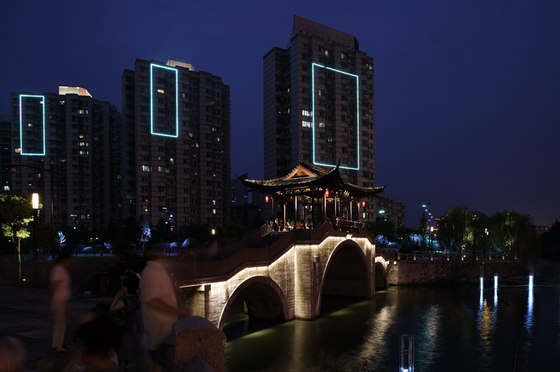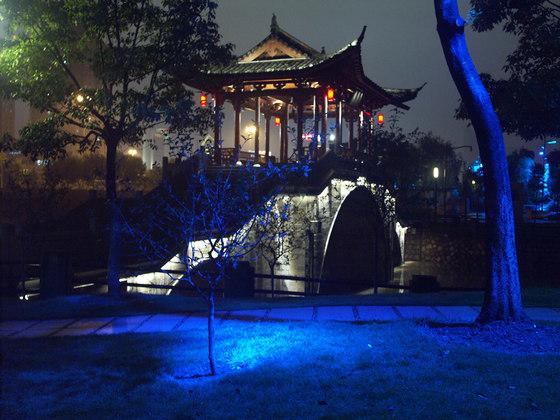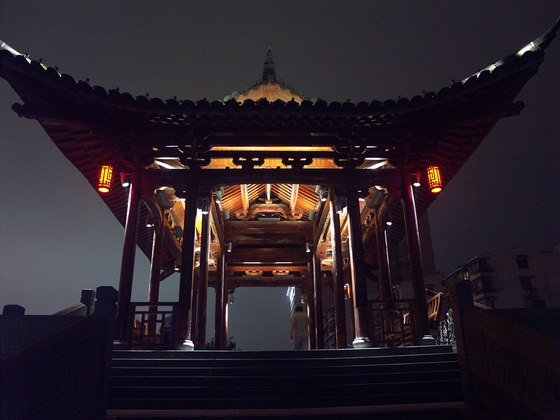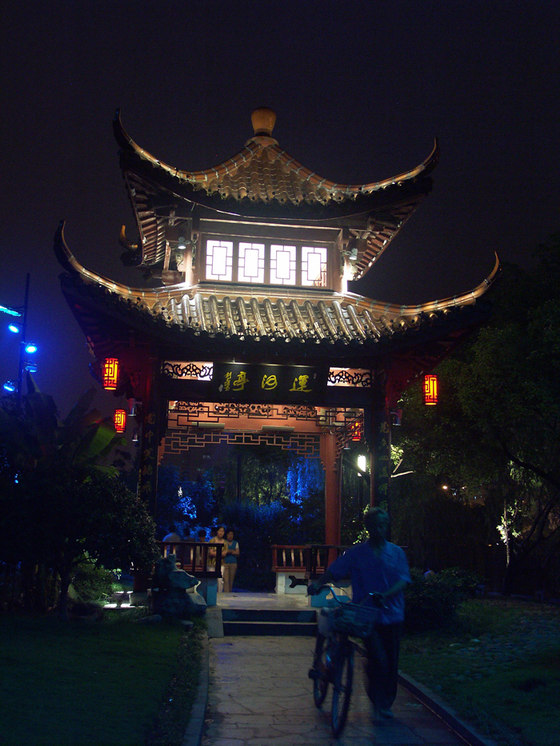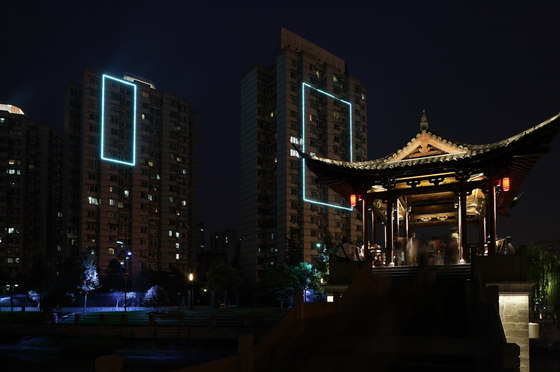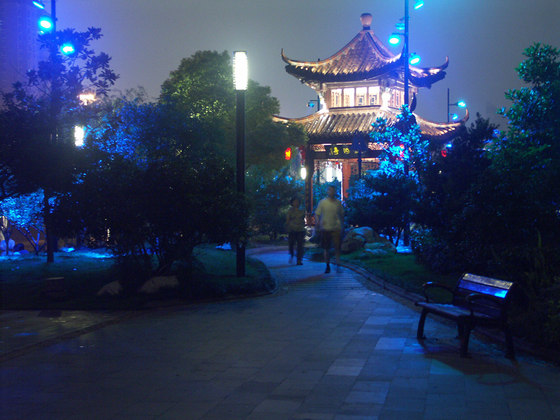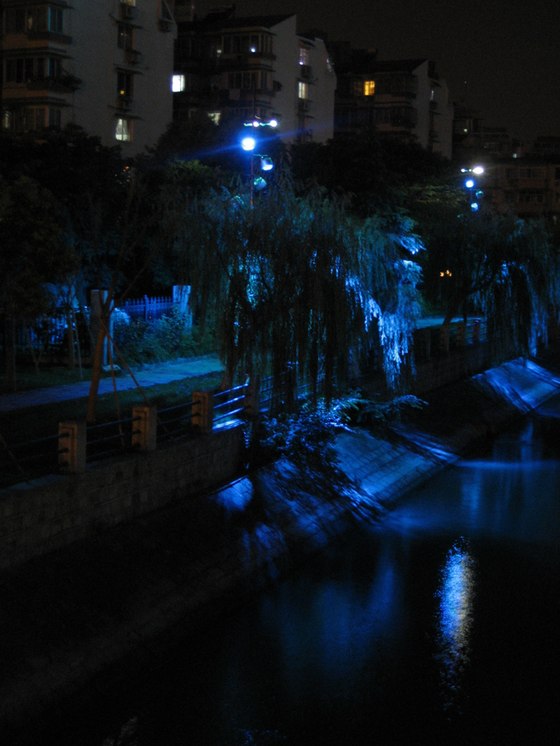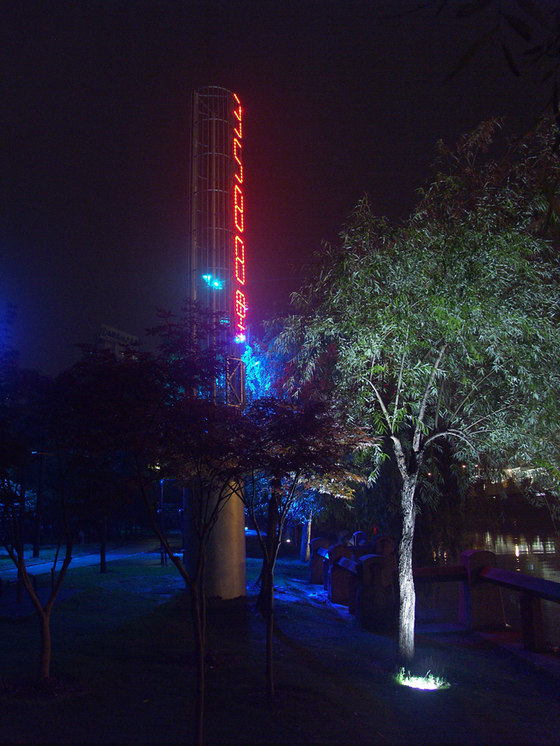At the end of 2007, the Chinese lighting group Zhongtai was asked by local government to study the lighting master plan for Grand Canal Hangzhou. Zhongtai invited Roger Narboni, famous worldwide for its ability to work with monumental water landscapes and recognized for its extensive experience in lighting master plans, was asked to work at the lighting master plan for the 10 kilometres long site of the Grand Canal.
The aim of the joint lighting proposal was to reveal the existing beauty of the site, its monumentality, its identity, its layout and the richness of its architecture and landscape. The lighting designers did not want to decorate the site with lights; on the contrary they wanted light to express the inner qualities and great potential of the Grand Canal nightscape. The lighting was also required to reveal, respect and express the South Chinese culture.
The Lighting Master Plan for the Grand Canal could become the start of a wider lighting strategy for Hangzhou, revealing the special atmosphere of its unique and large water network at night.
The expectation of the client was a colourful, dynamic lighting effect with strong rhythms. After exploring the historical and cultural context of Hangzhou and examined and visited the site numerous times, Roger Narboni and Zhongtai team proposed a completely different concept.
The bank’s landscape is unified and enhanced by a blue green light coming from Led projectors that can vary from an ice blue colour in wintertime to a warm green colour in summertime, and 400W metal halide floodlight projectors equipped with coloured filters.
This lighting creates a wonderful misty impression on both sides, emphasizing the beautiful curved trajectory of the Grand Canal in the nocturnal scenery. The coloured light also reveals the different depths and forms of the banks, showing all the monumentality of the site.
The natural humidity present on the site and the real fog that very often rises from the Grand Canal at nightfall amplifies the manmade lighting effect and produces strong emotions for visitors and tourists.
At dusk, this mist of light is conveyed like luminous waves from South to North following the flow of the Grand Canal. During the night, the mist of light becomes static and then slowly fades out around midnight.
In addition, some major trees on the banks, mainly located near the water, are enhanced with a static warm white light and in a natural manner to increase the contrast with the coloured surroundings.
Agence Concepto
Roger Narboni
